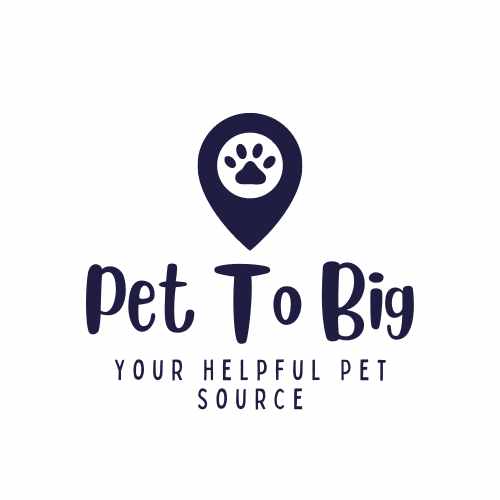Do Dogs Need Vegetables
The question of whether dogs need vegetables in their diet is one many pet owners struggle with. With conflicting information available and different feeding philosophies, it can be challenging to determine what’s best for your canine companion. This article explores the nutritional needs of dogs and the role vegetables can play in their diet.
The debate about vegetables in canine diets often splits along philosophical lines. Commercial raw dog food companies and “BARF diet” (Biologically Appropriate Raw Food) advocates generally believe that fruits and vegetables belong in a dog’s diet. These proponents argue that plant matter provides essential nutrients, fiber, and antioxidants that benefit canine health.
On the other hand, “Prey Model” feeders take a different approach. They advocate for a diet that mimics what wild canids would eat – primarily meat, bones, and organs with minimal or no plant matter. Their argument is based on the evolutionary history of dogs as descendants of wolves, suggesting dogs are primarily carnivorous.
The Omnivore Question
Despite the ongoing debate, scientific consensus generally classifies dogs as omnivores. Unlike obligate carnivores (like cats), dogs have evolved certain adaptations that allow them to derive nutrition from both animal and plant sources:
– Dogs possess amylase in their pancreas, which helps break down starches
– They have a longer digestive tract than pure carnivores
– Their teeth include flat molars for grinding plant matter
These adaptations suggest that while meat should form the foundation of a dog’s diet, they can benefit from and process plant-based foods as well.
Do Dogs Need to Eat Vegetables, or Can They Eat Meat Only?
The question of whether dogs can thrive on a meat-only diet is complex. While dogs can survive on properly balanced meat-based diets, there are nutritional considerations to keep in mind.
As one veterinary expert noted, “Dogs need both. Feeding only meat to your dog might affect him as he might not get Vitamin E and fatty acids.” A diet consisting exclusively of muscle meat, without organs, bones, and some plant matter, could potentially lead to nutritional deficiencies.
Nutritional Benefits of Vegetables for Dogs
Vegetables can provide several important nutrients that may be less abundant in meat:
– Fiber for digestive health
– Antioxidants that help combat inflammation
– Various vitamins including A, C, K, and certain B vitamins
– Minerals like potassium and magnesium
– Phytonutrients with potential health benefits
These nutrients support various bodily functions including immune health, digestion, and cellular repair. Additionally, vegetables are low in calories and can help dogs maintain a healthy weight while feeling full.
Should Dogs Eat Vegetables?
While vegetables aren’t strictly necessary if a dog is eating a complete and balanced commercial diet, they can be beneficial when properly prepared and offered in appropriate amounts.
Potential Benefits
Including moderate amounts of vegetables in your dog’s diet may:
– Add dietary variety
– Provide additional nutrients
– Serve as low-calorie treats
– Support digestive health through fiber content
– Add bulk to meals for dogs on weight management plans
Vegetables Dogs Can Safely Eat
Not all vegetables are safe for dogs. Here are some that are generally considered safe when properly prepared:
– Carrots (raw or cooked)
– Green beans
– Pumpkin (plain, cooked)
– Sweet potatoes (cooked)
– Peas
– Broccoli (in small amounts)
– Cucumber
– Zucchini
Vegetables to Avoid
Some vegetables can be harmful or toxic to dogs and should be avoided:
– Onions, garlic, leeks, and chives (can cause anemia)
– Raw potatoes and green tomatoes (contain solanine)
– Corn cobs (choking hazard)
– Avocados (contain persin, which can be toxic)
– Mushrooms (some varieties are toxic)
Remember that dogs digest foods differently than humans do, and eating the wrong foods can lead to health problems ranging from digestive upset to serious toxicity.
Your Dog’s Diet: Finding Balance
The PDSA (People’s Dispensary for Sick Animals) notes that “Dogs don’t need fruit or vegetables as part of their diet, but can have a small amount as an occasional treat.” This statement captures an important nuance in the debate.
Incorporating Vegetables Properly
If you choose to include vegetables in your dog’s diet:
1. Introduce them gradually to avoid digestive upset
2. Cook most vegetables to improve digestibility (exceptions include carrots and cucumber)
3. Avoid seasonings, oils, and butter
4. Chop or puree vegetables to aid digestion
5. Limit vegetables to 10-15% of the total diet
6. Always remove seeds, pits, and inedible parts
Commercial Diets vs. Homemade
Many commercial dog foods already include vegetables and fruits along with meat and grains. These products are formulated to provide complete nutrition. If you feed a commercial diet, additional vegetables aren’t necessary but can be offered as occasional treats.
For those preparing homemade diets, consulting with a veterinary nutritionist is crucial to ensure all nutritional needs are met. Homemade diets without proper supplementation can lead to deficiencies over time.
Conclusion
While dogs don’t strictly need vegetables in the same way they need protein, a moderate amount of dog-safe vegetables can be a healthy addition to their diet. The key is balance and moderation. Whether you choose to include vegetables or not, ensuring your dog receives complete nutrition should be the priority.
If you’re uncertain about your dog’s specific dietary needs, consulting with your veterinarian is always the best approach. They can provide guidance based on your dog’s age, breed, health status, and activity level to help you make informed decisions about their nutrition.
Remember that each dog is an individual with unique preferences and needs. What works well for one dog may not be ideal for another, so observation and adjustment are important parts of finding the right dietary balance for your canine companion.
